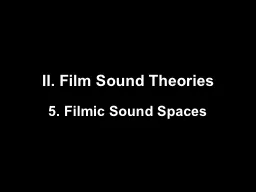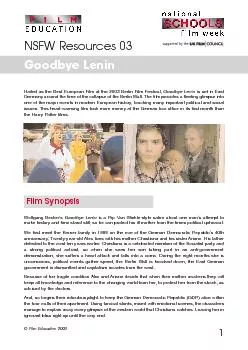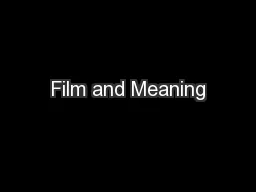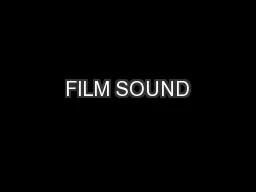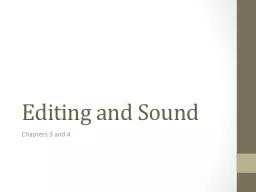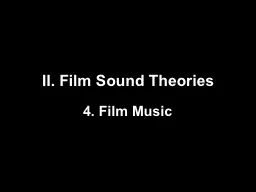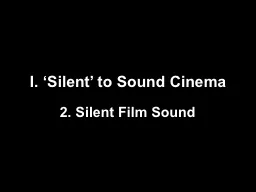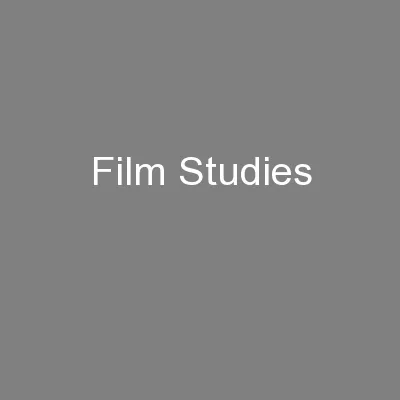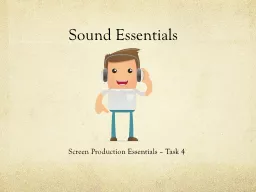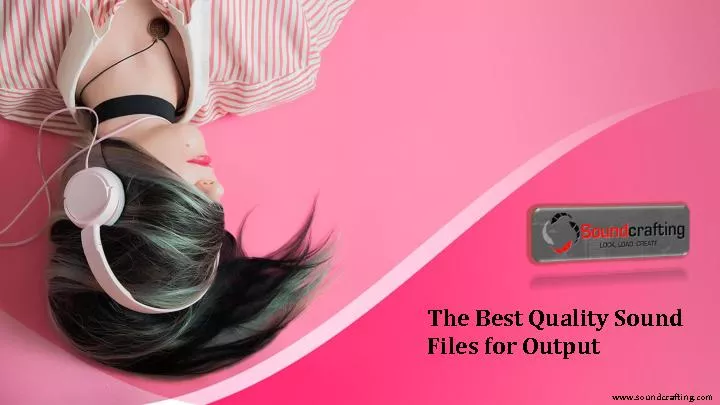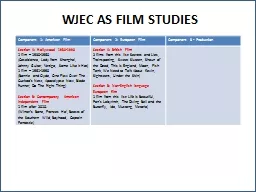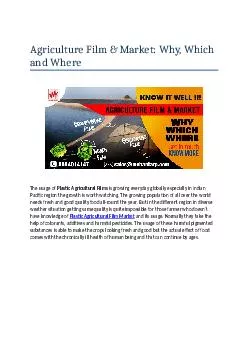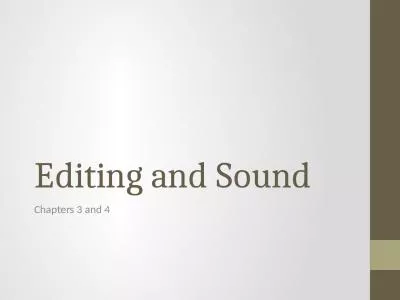PPT-II. Film Sound Theories
Author : alida-meadow | Published Date : 2017-10-29
5 Filmic Sound Spaces Sound Theory Sound Practice Edited by Rick Altman 1992 With essays by James Lastra Michel Chion and others The Soundscape of Modernity
Presentation Embed Code
Download Presentation
Download Presentation The PPT/PDF document "II. Film Sound Theories" is the property of its rightful owner. Permission is granted to download and print the materials on this website for personal, non-commercial use only, and to display it on your personal computer provided you do not modify the materials and that you retain all copyright notices contained in the materials. By downloading content from our website, you accept the terms of this agreement.
II. Film Sound Theories: Transcript
Download Rules Of Document
"II. Film Sound Theories"The content belongs to its owner. You may download and print it for personal use, without modification, and keep all copyright notices. By downloading, you agree to these terms.
Related Documents

